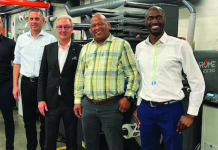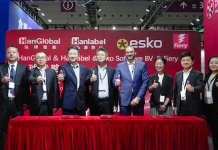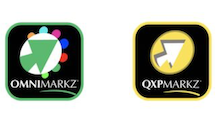According to Focus Label Machinery, while digital printing facilitates economic production for smaller print volumes, and variable information options for packaging and label printing, flexo printing is still more cost effective for large quantities or long processing cycles.
Digital assets are also more expensive than flexo presses, although arguably they are cheaper to run as they require less manpower and can turnaround more print runs per shift. New generations of print hardware and print management software are drastically altering the face of the label printing industry. Some businesses have responded by migrating over to digital printing wholescale, changing their business model to suit the new technology.
However, others are reluctant to give up the advantages of flexographic printing, especially considering the costs of digital printing. Enter hybrid printing, which aims to merge the capabilities of analogue and digital printing technology. It does this by integrating the reliability and efficiency of flexographic printing with the creative possibilities of digital printing. From this synthesis, businesses get the high print quality and low cost of flexo printing with the flexibility and fast turnaround time of digital.
To understand how hybrid printing is strengthening the label printing industry, let us look at how the technology is different from the traditional approach to label printing.
Hybrid printing machines combine a suite of advanced features that enable businesses to customise their print runs. These include:
– Advanced User Interface with touch screen operation.
– Remote operation with print settings that can be programmed in advance and activated at the touch of a button.
– Mono and four colour options.
– The ability to choose web widths.
– Inbuilt UV drying system.
– Printing and over varnish facilities.
– Multi Head flexo facilities printing to allow pre-coating, analogue CMYK and over varnishing.
– In line rotary and semi-rotary systems for converting and finishing.
Digital inkjet is the most robust of the new digital technologies, finding itself used in virtually all industrial print applications, including ceramics and tiling, flooring, direct product decoration, textiles, wood, security printing, packaging and labels.
Systems can be multi pass like an XY plotter or single pass units and being compact, they can be integrated into product, web and roll fed machines. Inkjet systems can print on a wider range of substrates than most other digital systems.
In recent years, digital inkjet has taken over other methods in terms of print resolution at an acceptable 1800dpi with higher speeds now possible from to 50 to 120m/min for a single pass system. Compact inkjet engines can also be easily integrated into existing machines for a combination of analogue, digital and finishing solutions.
Focus Label Machinery partners with a South African representative for their products. For more information, contact:





















